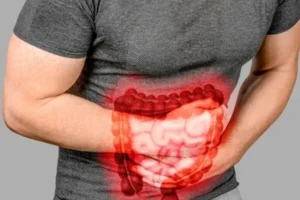
PROMO!
First order? Get 10% OFF with this code: 1storder
Written by
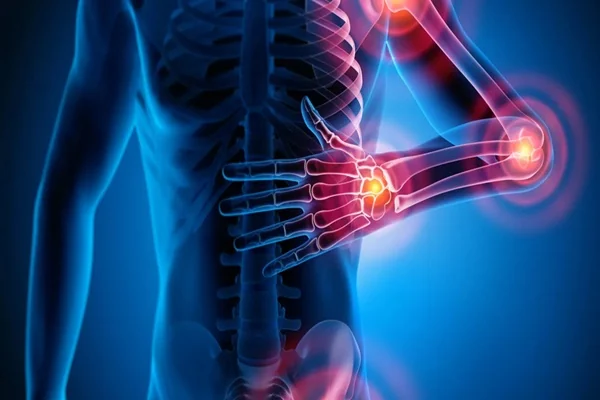
Research reveals LL-37 outperforms other healing peptides for inflammation control. Scientists studying this compound observe dual-action mechanisms not found elsewhere. LL-37 eliminates bacteria while triggering tissue repair simultaneously.
These findings help researchers develop better wound treatments. KPV and TB500 complement LL-37 in various studies. Each healing peptide targets different biological pathways. Research confirms LL-37 disrupts bacterial membranes within hours. KPV suppresses inflammatory cytokines in tissue samples.
TB500 enhances cell migration through actin binding. Peptide Works provides these research compounds to qualified institutions for research use only. Understanding how LL-37 disrupts bacterial membranes within hours requires examining its unique antimicrobial mechanism.
Explore LL-37 from Peptide Works, a healing peptide that helps fight bacteria, calm inflammation, and support tissue repair.
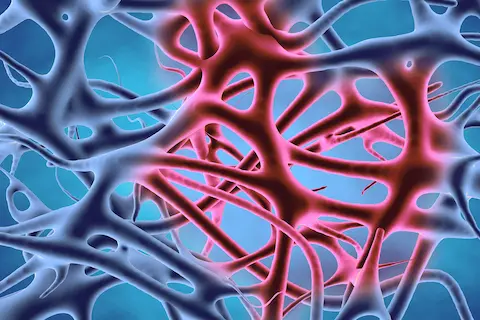
LL-37 attacks bacteria using positive charges that target negative bacterial walls. Think of it like magnets attracting each other. This healing peptide punches holes in bacterial membranes within minutes. Research shows bacteria can’t easily resist this physical attack.
Unlike antibiotics, LL-37 doesn’t need specific receptors. It works against multiple bacterial strains simultaneously. Studies demonstrate rapid bacterial reduction in research samples. The peptide also prevents biofilm formation on surfaces. Scientists value this healing peptide because bacteria struggle developing resistance.
This mechanism differs from traditional antimicrobial approaches. Prevention represents only part of the challenge, as bacteria often form protective biofilms that shield them from treatments.
Biofilm acts like bacterial armor made of sticky slime. This matrix blocks most treatments from reaching hidden bacteria. Healing peptides use their small size to slip through gaps. LL-37 disrupts the biofilm’s protein structure directly.
The peptide dissolves protective layers that antibiotics can’t penetrate. Research shows TB500 helps break biofilm adhesion points too. Some facilities combine multiple healing peptides for stubborn biofilms. These compounds work differently than traditional antimicrobial agents.
Once inside, peptides attack bacteria without biofilm protection. After addressing bacterial threats, researchers must consider inflammation control, where different peptides show varying effectiveness.
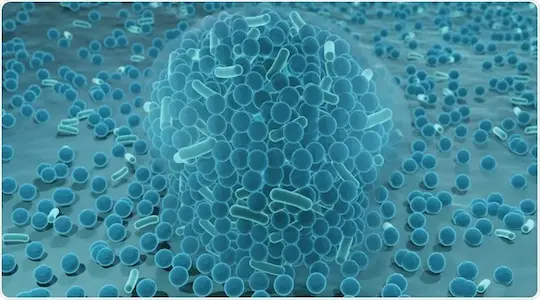
KPV specifically targets inflammation while other healing peptides multitask. Research shows KPV reduces inflammatory markers by blocking cytokine pathways. This focused approach makes KPV ideal for pure inflammation control.
LL-37 handles inflammation plus bacterial threats simultaneously. TB500 reduces inflammation while rebuilding damaged tissue structures. Scientists choose KPV when inflammation is the primary concern. For infected wounds, LL-37 becomes the better healing peptide choice.
Studies indicate KPV works faster on clean tissue inflammation. Each peptide excels in different research scenarios. TB500’s tissue rebuilding capabilities involve sophisticated cellular mechanisms that deserve closer examination.
Discover KPV from Peptide Works, peptide that helps reduce inflammation, ease swelling, and support balanced recovery.
TB500 accelerates repair through actin sequestration and beta-thymosin mechanisms. This healing peptide maintains G-actin pools for rapid polymerization. Research demonstrates TB500 upregulates VEGF expression for angiogenesis.
The peptide enhances laminin-5 production in epithelial cells. TB500 promotes differentiation of endothelial progenitor cells in studies. Scientists observe increased MMP-2 activity facilitating cell migration. The healing peptide modulates integrin-linked kinase pathways for adhesion.
TB500 reduces fibrin accumulation during provisional matrix formation. Research protocols utilize TB500 for accelerated wound contraction analysis. Wound contraction analysis directly relates to one of the most significant concerns in healing research.
Shop TB500 from Peptide Works, peptide that promotes cell migration, speeds repair, and supports healthier tissue recovery.
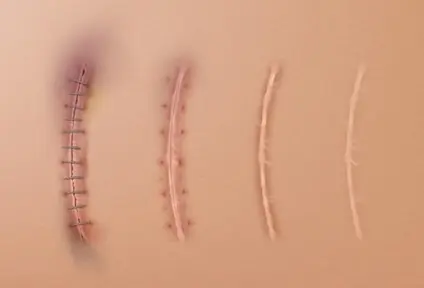
Yes, research shows healing peptides significantly reduce scarring markers. LL-37 prevents myofibroblast formation that causes tissue contraction. Myofibroblasts create thick collagen bundles leading to visible scars. KPV blocks TGF-beta signaling which drives scar development.
Research demonstrates TB500 organizes collagen into basket-weave patterns instead. Normal scars show parallel collagen alignment causing stiffness. Healing peptides promote scattered collagen deposition resembling healthy skin.
Studies report fifty percent less scar tissue with peptides. These compounds shift healing toward regeneration rather than fibrosis. These varying mechanisms and outcomes naturally raise questions about comparative effectiveness and timing.
LL-37 works faster through simultaneous multi-target action. This healing peptide attacks problems in parallel, not sequence. Research timing shows clear differences between peptides:
Healing Peptides: Speed of Action Comparison
| Healing Peptide | First Action | Time to Results | Primary Target |
|---|---|---|---|
| LL-37 | Bacteria + inflammation | Minutes to hours | Multiple simultaneous |
| KPV | Inflammation only | Hours to days | Cytokine pathways |
| TB500 | Cell organization & migration | Days to weeks | Actin regulation pathways |
LL-37 doesn’t wait for cellular signals to start working. Direct membrane disruption happens immediately upon contact with bacteria. Other peptides need receptor binding and pathway activation first. This takes valuable time in research protocols.
Research shows LL-37 clears infection while others still mobilize. The peptide acts like emergency response versus scheduled repair. Scientists report visible bacterial reduction before inflammation markers drop. KPV must block multiple cytokine cascades sequentially. TB500 requires actin reorganization before cell migration begins.
This parallel processing explains why LL-37 dominates speed studies. The healing peptide essentially multitasks while others queue actions. Research protocols choose LL-37 when time matters most.
Current understanding of these peptide mechanisms continues evolving as research advances.
LL-37 stands out among healing peptides for fighting bacteria while triggering repair simultaneously. Comparing LL-37, KPV, and TB500 reveals unique pathways for wound recovery. These compounds target different problems from infection control to inflammation blocking and tissue rebuilding.
Current research demonstrates faster healing with minimal scarring in studies. The future of healing peptides looks promising as scientists discover new regenerative mechanisms. Advanced research protocols and delivery systems may unlock faster wound closure and scar prevention.
Peptide Works supports researchers studying these revolutionary compounds for tissue repair and inflammation control applications.
All products discussed are supplied for research purposes only and are not intended for human use.
[1] Ridyard KE, Overhage J. The Potential of Human Peptide LL-37 as an Antimicrobial and Anti-Biofilm Agent. Antibiotics (Basel). 2021 May 29;10(6):650.
[2] Kahlenberg JM, Kaplan MJ. Little peptide, big effects: the role of LL-37 in inflammation and autoimmune disease. J Immunol. 2013 Nov 15;191(10):4895-901.
[3] Alalwani SM, Sierigk J, Herr C, Pinkenburg O, et al. The antimicrobial peptide LL-37 modulates the inflammatory and host defense response of human neutrophils. Eur J Immunol. 2010 Apr;40(4):1118-26.
[4] Song Y, Wu C, Zhang X, Bian W, et al. A short peptide potentially promotes the healing of skin wound. Biosci Rep. 2019 Mar 22;39(3):BSR20181734.
ALL CONTENT AND PRODUCT INFORMATION AVAILABLE ON THIS WEBSITE IS FOR EDUCATIONAL PURPOSES ONLY.
DISCLAIMER: These products are intended solely as a research chemical only. This classification allows for their use only for research development and laboratory studies. The information available on our Peptide Works website: https://peptide-works.com/ is provided for educational purposes only. These products are not for human or animal use or consumption in any manner. Handling of these products should be limited to suitably qualified professionals. They are not to be classified as a drug, food, cosmetic, or medicinal product and must not be mislabelled or used as such.
Peptide Works
Related Articles
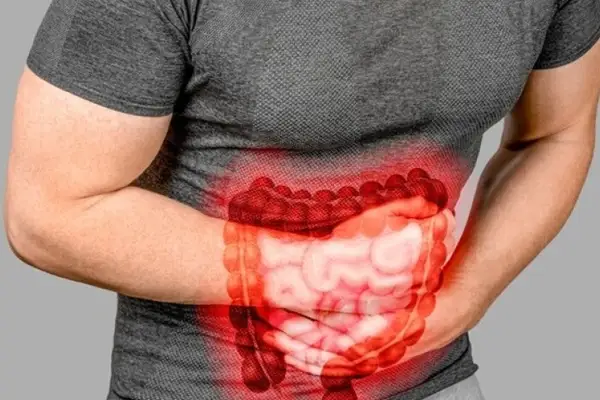
Can VIP Peptide help with Gastrointestinal Motility?
Research on gastrointestinal motility has gained attention because it plays a central role in digestion and overall gut function. When

Could Triptorelin be an Endometriosis Peptide Therapy?
Endometriosis is a chronic condition where tissue similar to the uterine lining grows outside the uterus. It often leads to
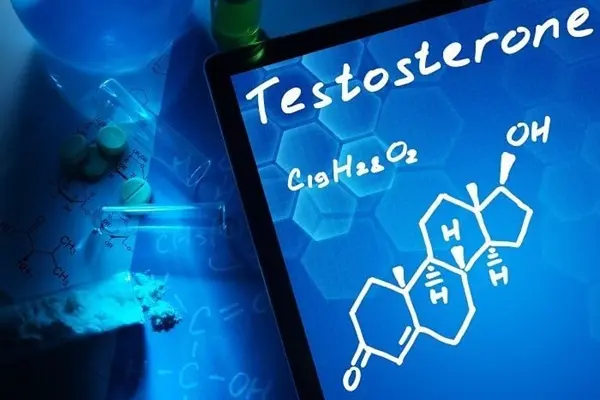
Is Triptorelin a Testosterone Reducing Peptide?
Testosterone levels are a major focus in hormone balance and endocrine research, peptides often play an important role in these